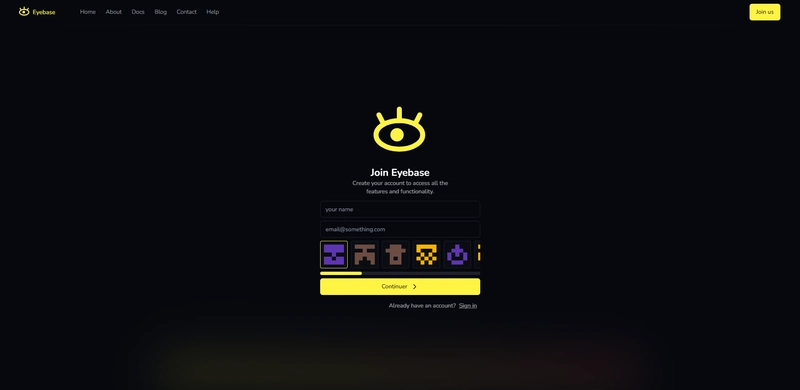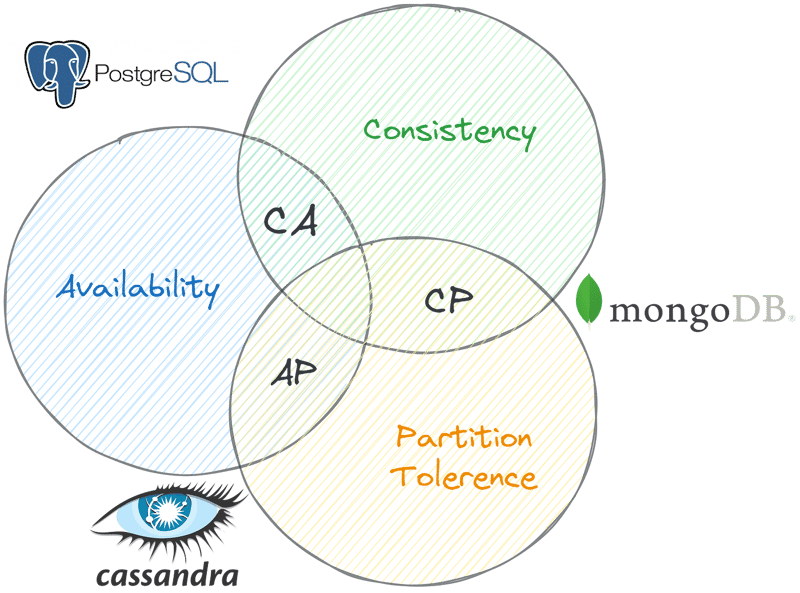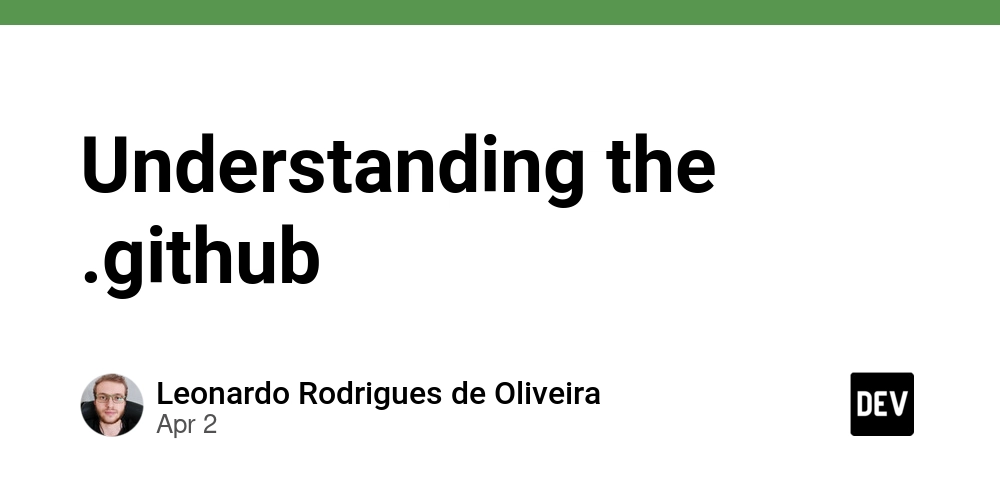Scaling Data Intelligence: How Web Scraping Services and Proxy APIs Empower Developers and Businesses
Having the tools to collect, process, and analyze web data at scale can set businesses apart. From startups building intelligent applications to developers engineering large-scale data pipelines, the demand for efficient web scraping services has never been higher. Enter proxy APIs—the invisible backbone that ensures web data extraction stays undetected, secure, and smooth. This article will explore how these technologies work together and how platforms like Scrapestack enable developers and small enterprises to gather mission-critical web data reliably and at scale. Why Web Scraping Matters Web scraping is no longer just a developer’s side tool—it has evolved into an essential business strategy. Whether it's monitoring competitor pricing, aggregating online content, or powering real-time analytics, web scraping enables businesses to make data-driven decisions faster and more affordably. Traditional scraping methods often involve challenges like IP bans, geo-blocking, CAPTCHAs, and dynamic content rendering. That’s why companies now turn to specialized web scraping services that remove technical barriers, allowing teams to focus on insights rather than infrastructure. What is a Web Scraping Service? A web scraping service is a cloud-based solution that automates data extraction from websites. It manages the backend complexity such as: Handling HTML parsing and rendering Navigating JavaScript-heavy content Bypassing CAPTCHAs Avoiding IP bans Managing high request volumes A great example is Scrapestack, which offers a scalable and developer-friendly API that integrates easily into any tech stack. Whether you’re building with Python, Node.js, or any other language, the platform’s RESTful interface makes scraping seamless. The Magic Behind the Scenes: Proxy APIs One of the most powerful tools behind a reliable scraping system is a proxy API. It’s what allows scrapers to rotate IPs, avoid detection, and simulate requests from different geolocations. How a Proxy API Works When scraping a site, repeated requests from the same IP often trigger security mechanisms like rate limits or bans. A proxy API masks your identity by routing each request through a different IP address—often from a residential or mobile pool—making your scraper appear like regular human traffic. Advanced proxy APIs also offer: **Geo-targeting: **Choose specific countries or cities to scrape localized data. Session persistence: Maintain the same IP for multiple requests to mimic a user session. Anonymity: Avoid detection and maintain security while scraping sensitive or protected data. Scrapestack’s proxy API capabilities allow users to scrape data across multiple global regions, dynamically rotate IPs, and solve CAPTCHAs—all in a single API call. Why Developers Love Using Proxy APIs For developers, using a proxy API streamlines web scraping workflows in powerful ways: **No more blocked requests: **Save time troubleshooting IP bans or headers. Scalable architecture: Run concurrent scraping tasks without building your own proxy pool. Easy integration: Use standard libraries like requests in Python with a proxy API to add scraping power instantly. Here’s a quick Python snippet showing how you can use Scrapestack’s proxy API with a simple HTTP request: python CopyEdit import requests params = { 'access_key': 'YOUR_API_KEY', 'url': 'https://example.com', 'proxy_location': 'us', 'render_js': '1' } response = requests.get('https://api.scrapestack.com/scrape', params=params) print(response.text) This tiny script does it all—renders JavaScript, avoids IP bans, and scrapes your target data—all in seconds. How Small Businesses Can Leverage Web Scraping Services Web scraping isn’t just for developers. For small and medium businesses, outsourcing this functionality to a web scraping service allows them to tap into enterprise-grade data collection without the overhead. Top Use Cases: Competitor Monitoring Automatically track pricing, promotions, and inventory changes on competitor websites. Lead Generation Extract email addresses, contact details, or social media handles from directories and review sites. SEO and Content Intelligence Analyze search rankings, keyword usage, and backlinks from SERPs or blogging platforms. Product Aggregation Build a comparison website by collecting product details from multiple e-commerce platforms. These insights help small companies act quickly, improve strategy, and discover market gaps—all by feeding scraped data into their decision-making process. Scrapestack: Your All-in-One Web Scraping Platform Scrapestack provides an end-to-end solution for all your scraping needs—especially when combined with its powerful proxy API support. Key Features: Unlimited global proxies: Choose from 100+ countries to avoid geo-restrictions. JavaScript rendering: Scrape dynamic content without setting up a headless browser. CAPTCHA solving: Integrated CAPTCHA bypass so your scripts don’t get stuck. Fa

Having the tools to collect, process, and analyze web data at scale can set businesses apart. From startups building intelligent applications to developers engineering large-scale data pipelines, the demand for efficient web scraping services has never been higher.
Enter proxy APIs—the invisible backbone that ensures web data extraction stays undetected, secure, and smooth. This article will explore how these technologies work together and how platforms like Scrapestack enable developers and small enterprises to gather mission-critical web data reliably and at scale.
Why Web Scraping Matters
Web scraping is no longer just a developer’s side tool—it has evolved into an essential business strategy. Whether it's monitoring competitor pricing, aggregating online content, or powering real-time analytics, web scraping enables businesses to make data-driven decisions faster and more affordably.
Traditional scraping methods often involve challenges like IP bans, geo-blocking, CAPTCHAs, and dynamic content rendering. That’s why companies now turn to specialized web scraping services that remove technical barriers, allowing teams to focus on insights rather than infrastructure.
What is a Web Scraping Service?
A web scraping service is a cloud-based solution that automates data extraction from websites. It manages the backend complexity such as:
Handling HTML parsing and rendering
Navigating JavaScript-heavy content
Bypassing CAPTCHAs
Avoiding IP bans
Managing high request volumes
A great example is Scrapestack, which offers a scalable and developer-friendly API that integrates easily into any tech stack. Whether you’re building with Python, Node.js, or any other language, the platform’s RESTful interface makes scraping seamless.
The Magic Behind the Scenes: Proxy APIs
One of the most powerful tools behind a reliable scraping system is a proxy API. It’s what allows scrapers to rotate IPs, avoid detection, and simulate requests from different geolocations.
How a Proxy API Works
When scraping a site, repeated requests from the same IP often trigger security mechanisms like rate limits or bans. A proxy API masks your identity by routing each request through a different IP address—often from a residential or mobile pool—making your scraper appear like regular human traffic.
Advanced proxy APIs also offer:
**Geo-targeting: **Choose specific countries or cities to scrape localized data.
Session persistence: Maintain the same IP for multiple requests to mimic a user session.
Anonymity: Avoid detection and maintain security while scraping sensitive or protected data.
Scrapestack’s proxy API capabilities allow users to scrape data across multiple global regions, dynamically rotate IPs, and solve CAPTCHAs—all in a single API call.
Why Developers Love Using Proxy APIs
For developers, using a proxy API streamlines web scraping workflows in powerful ways:
**No more blocked requests: **Save time troubleshooting IP bans or headers.
Scalable architecture: Run concurrent scraping tasks without building your own proxy pool.
Easy integration: Use standard libraries like requests in Python with a proxy API to add scraping power instantly.
Here’s a quick Python snippet showing how you can use Scrapestack’s proxy API with a simple HTTP request:
python
CopyEdit
import requests
params = {
'access_key': 'YOUR_API_KEY',
'url': 'https://example.com',
'proxy_location': 'us',
'render_js': '1'
}
response = requests.get('https://api.scrapestack.com/scrape', params=params)
print(response.text)
This tiny script does it all—renders JavaScript, avoids IP bans, and scrapes your target data—all in seconds.
How Small Businesses Can Leverage Web Scraping Services
Web scraping isn’t just for developers. For small and medium businesses, outsourcing this functionality to a web scraping service allows them to tap into enterprise-grade data collection without the overhead.
Top Use Cases:
Competitor Monitoring
Automatically track pricing, promotions, and inventory changes on competitor websites.
Lead Generation
Extract email addresses, contact details, or social media handles from directories and review sites.
SEO and Content Intelligence
Analyze search rankings, keyword usage, and backlinks from SERPs or blogging platforms.
Product Aggregation
Build a comparison website by collecting product details from multiple e-commerce platforms.
These insights help small companies act quickly, improve strategy, and discover market gaps—all by feeding scraped data into their decision-making process.
Scrapestack: Your All-in-One Web Scraping Platform
Scrapestack provides an end-to-end solution for all your scraping needs—especially when combined with its powerful proxy API support.
Key Features:
Unlimited global proxies: Choose from 100+ countries to avoid geo-restrictions.
JavaScript rendering: Scrape dynamic content without setting up a headless browser.
CAPTCHA solving: Integrated CAPTCHA bypass so your scripts don’t get stuck.
Fast and scalable: Handle millions of API calls per day with stable uptime.
Pricing for All:
With plans starting as low as $19.99/month and a generous free tier, Scrapestack makes enterprise-grade scraping available to startups and solo developers.
Best Practices for Using Web Scraping Services & Proxy APIs
To get the most out of your web scraping service and proxy API, keep these best practices in mind:
Use user-agent rotation to mimic real browser traffic.
Respect website terms of service and robots.txt rules to avoid legal complications.
Optimize your code to only extract needed data—efficiency saves costs.
Implement caching for static pages to reduce unnecessary requests.
Schedule scraping tasks during low-traffic hours to improve performance and avoid detection.
These simple tweaks can help you maintain reliability, stay compliant, and keep scraping costs down.
A Smarter Way to Access the Web
Whether you're a developer looking for robust tools or a small business seeking competitive intelligence, web scraping services combined with proxy APIs are the future of smart data operations. Tools like Scrapestack abstract the hard parts—so you can focus on innovation, automation, and growth.
By integrating these services into your apps or workflows, you're not just scraping data—you’re unlocking opportunities, scaling your reach, and making smarter decisions backed by real-time web intelligence.










































































































































































![[The AI Show Episode 144]: ChatGPT’s New Memory, Shopify CEO’s Leaked “AI First” Memo, Google Cloud Next Releases, o3 and o4-mini Coming Soon & Llama 4’s Rocky Launch](https://www.marketingaiinstitute.com/hubfs/ep%20144%20cover.png)


















































































































![[DEALS] The All-in-One Microsoft Office Pro 2019 for Windows: Lifetime License + Windows 11 Pro Bundle (89% off) & Other Deals Up To 98% Off](https://www.javacodegeeks.com/wp-content/uploads/2012/12/jcg-logo.jpg)





































![Is this too much for a modular monolith system? [closed]](https://i.sstatic.net/pYL1nsfg.png)






















































































































_Andreas_Prott_Alamy.jpg?width=1280&auto=webp&quality=80&disable=upscale#)
































































































![What features do you get with Gemini Advanced? [April 2025]](https://i0.wp.com/9to5google.com/wp-content/uploads/sites/4/2024/02/gemini-advanced-cover.jpg?resize=1200%2C628&quality=82&strip=all&ssl=1)













![Apple Shares Official Trailer for 'Long Way Home' Starring Ewan McGregor and Charley Boorman [Video]](https://www.iclarified.com/images/news/97069/97069/97069-640.jpg)
![Apple Watch Series 10 Back On Sale for $299! [Lowest Price Ever]](https://www.iclarified.com/images/news/96657/96657/96657-640.jpg)
![EU Postpones Apple App Store Fines Amid Tariff Negotiations [Report]](https://www.iclarified.com/images/news/97068/97068/97068-640.jpg)
![Apple Slips to Fifth in China's Smartphone Market with 9% Decline [Report]](https://www.iclarified.com/images/news/97065/97065/97065-640.jpg)




































































































































